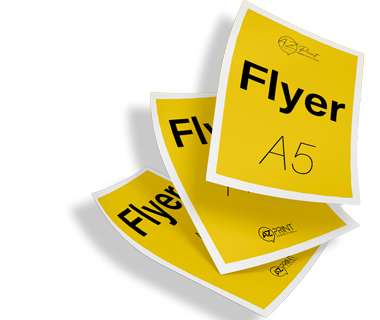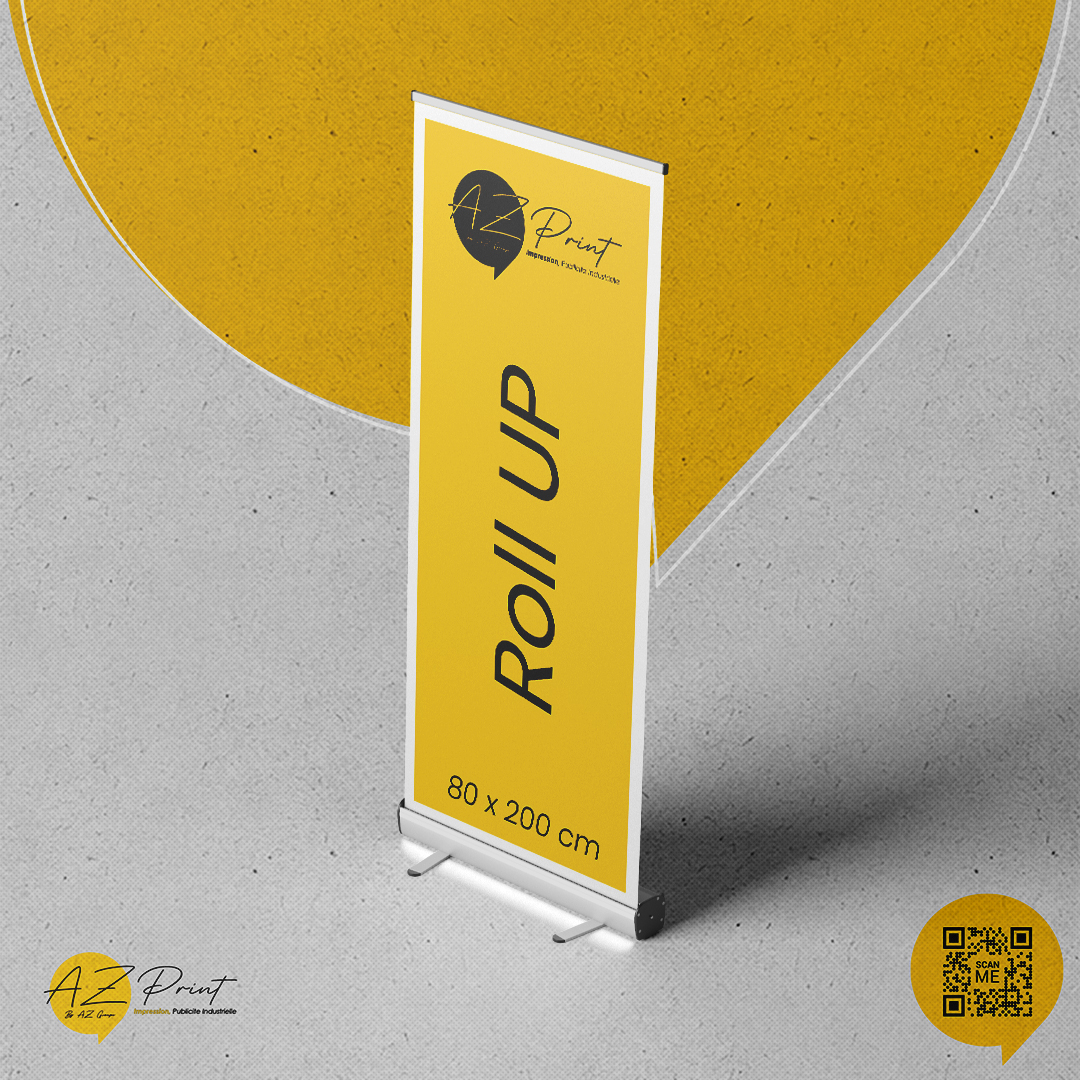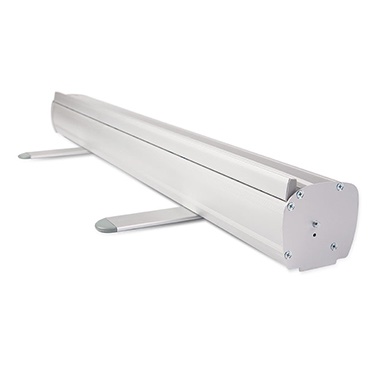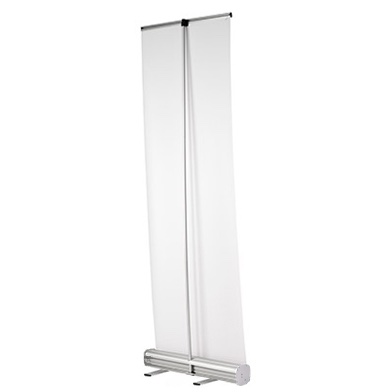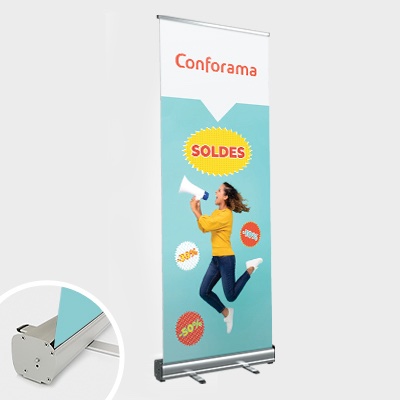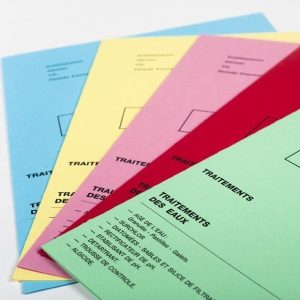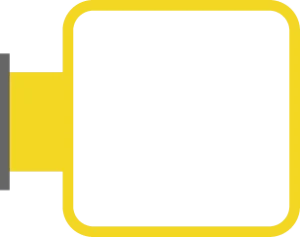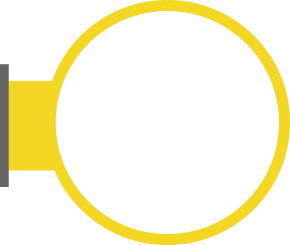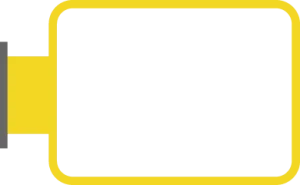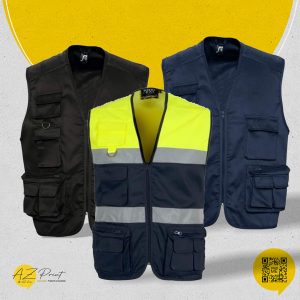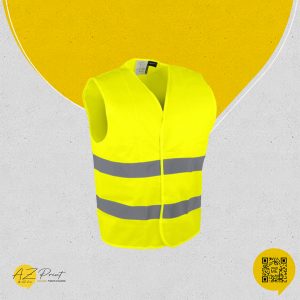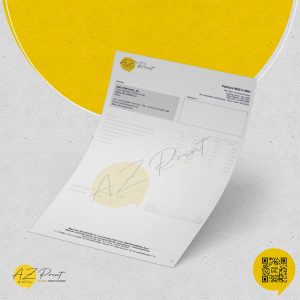Produit en promo
Logo Lumineuse finition Miroir
À partir de 990,00 DHRoll’up Economique
690,00 DHProduits populaires aujourd'hui
-
Bâche, Signalétique, Tous les produits
Bâche agence immobilière
Bâche pour agence immobilière – Banderole à vendre à louer
Renouvelez vos supports de communication pour la vente ou la location de biens grâce à des bâches “à vendre”, “à louer” ultra design, claires et efficaces ! Nos bâches agence immobilière de 440g sont légères et résistantes aux intempéries, ce qui en font des panneaux immobiliers souples qui dureront dans le temps et pourront être réutilisés ! Plus pratique qu’un panneau rigide, vous pourrez transporter facilement vos bâches enroulables à vendre, vendu ou à louer : que vous soyez à pieds, dans les transports en commun ou en deux roues, vous pourrez emmener vos panneaux à vendre partout avec vous. Plusieurs formats disponibles.
SKU: n/a -
-
-
-
-
-
-
-
Grand format, Habillage de Voiture, Tous les Produits
Habillage de Voiture (Grand Van / Fourgon)
-11%

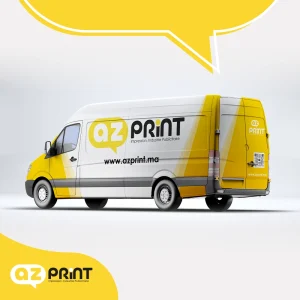 Grand format, Habillage de Voiture, Tous les Produits
Grand format, Habillage de Voiture, Tous les ProduitsHabillage de Voiture (Grand Van / Fourgon)
- Citadine / Petite voiture
- Toyota Yaris, Peugeot 208, Renault Clio, Dacia Sandiro…
- Berline / Sedan
- Dacia Logan, Peugeot 301, Renault Megan…
- SUV / 4×4
- Nissan X-Trail, Toyota RAV4, Jeep Compass…
- Utilitaire / Van
- Ford Transit, Renault Kangoo, Dacia Dokker, Peugeot Pepper…
- Grand Van / Fourgon
- Ford Transit, Hyundai H350, Mercedes Sprinter …
SKU: n/a -
Grand format, Habillage de Voiture, Tous les Produits
Habillage de Voiture (Utilitaire / Van)
- Citadine / Petite voiture
- Toyota Yaris, Peugeot 208, Renault Clio, Dacia Sandiro…
- Berline / Sedan
- Dacia Logan, Peugeot 301, Renault Megan…
- SUV / 4×4
- Nissan X-Trail, Toyota RAV4, Jeep Compass…
- Utilitaire / Van
- Ford Transit, Renault Kangoo, Dacia Dokker, Peugeot Pepper…
- Grand Van / Fourgon
- Ford Transit, Hyundai H350, Mercedes Sprinter …
SKU: n/a -
-
Mug Personnalisé, Objet Pub, Tous les Produits
Mug Magique Personnalisé
Céramique de haute qualité, noire à l’extérieur et blanche à l’intérieur
Résistant au micro-ondes. Lavage à la main recommandé
Mug de 8cm de diamètre et de 9,5cm de haut. Contenance : 330ml
Mug noir à température ambiante laissant progressivement apparaître l’image sublimée au contact d’un liquide chaud. Une fois la température dissipée, ce mug recouvre sa couleur d’origine: le noir.
SKU: n/a -
-
Administratif, Publicité / Commercial, Publicité / Commercial, Signalétique, Tous les produits
PLAQUES PROFESSIONNELLES IMPRIMÉES


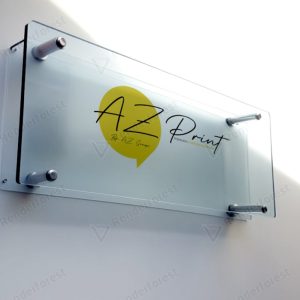 Administratif, Publicité / Commercial, Publicité / Commercial, Signalétique, Tous les produits
Administratif, Publicité / Commercial, Publicité / Commercial, Signalétique, Tous les produitsPLAQUES PROFESSIONNELLES IMPRIMÉES
Le PMMA est traité anti UV ce qui augmente la durée de vie du produit. L’utilisation du PMMA coulé permet une meilleure résistance à la coupe et à la casse.

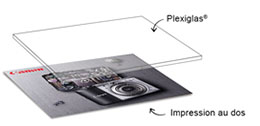
Votre visuel sera imprimé en vitrophanie au verso.
SKU: n/a




